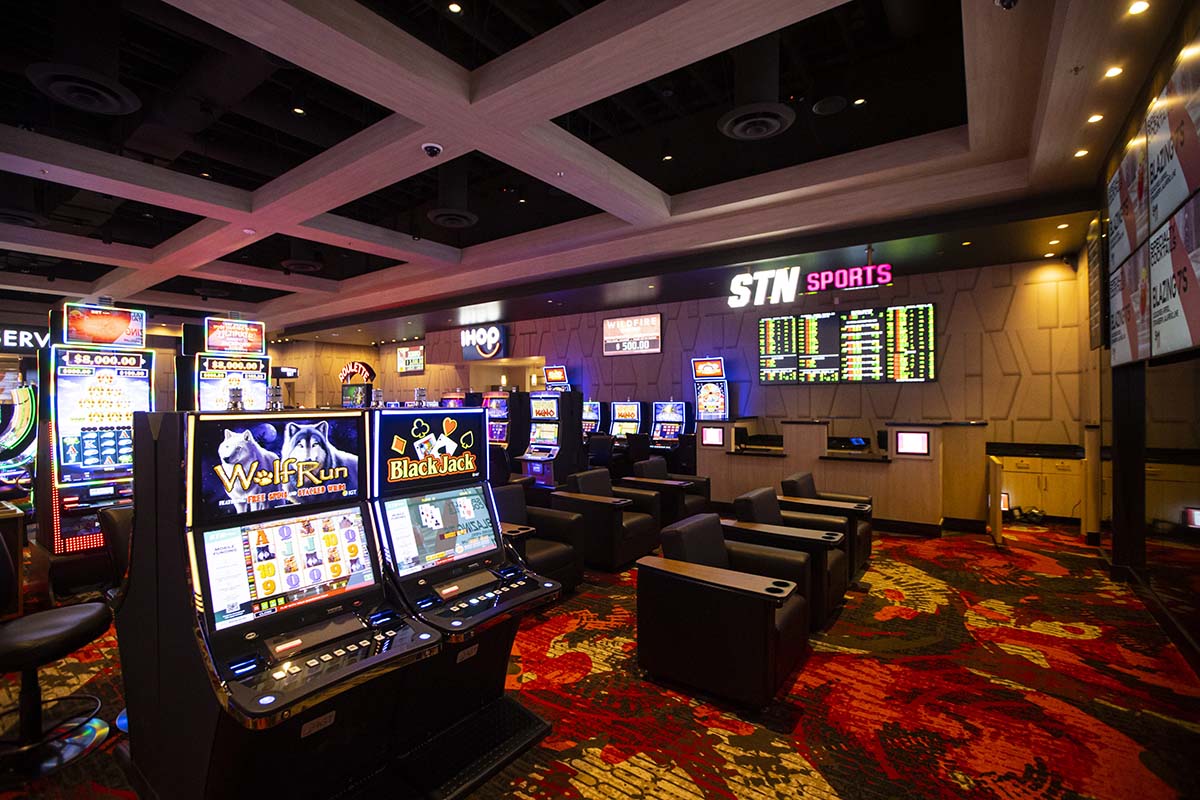
Casino games have long captivated various types of players, delivering not only the thrill of chance but also a distinct experience crafted for various player types. Ranging from analytical thinkers who succeed through calculation and skill to more casual gamers seeking entertainment, casinos are aware of the details of their audience and design games that cater to these varied interests.
In delving into the universe of casino gaming, we discover a diverse array of options that attract players of all kinds. Competitive poker tables attract competitive individuals, while colorful slot machines appeal to those seeking immediate satisfaction. Whether it be the lure of winning large or simply enjoying the community feeling, casinos design their game offerings to ensure that all players find a place where they feel comfortable and engaged. Comprehending how these games are designed for various player types can enhance not only our understanding of them but also our method for choosing which games to play. nổ hũ mmlive
Comprehending Participant Categories
In the multifaceted world of gaming games, participants can be grouped into specific kinds based on their drives and preferences. These gamer categories range from the relaxed and community-oriented gamers, who enjoy the fun value and interactive engagements that gambling provides, to the more tactical and calculated players, who seek to maximize their chances and gains. Grasping these various categories is essential for casinos to customize their services and build captivating experiences.
One popular type is the group-oriented player, who views casino games as a form of community interaction and fun rather than a serious gambling pursuit. These gamers often enjoy games that encourage participation and camaraderie, such as blackjack. Their attention is on the process rather than the conclusion, so lively atmospheres and collective moments are what they value the most.
On the other end of the scale, competitive players are inspired by rivalry and the pursuit of expertise. They tend to lean toward games that require strategic thinking and strategy, such as blackjack, where their abilities can determine the conclusion. This category often interacts with the games on a more intense level, utilizing insight and tactics to secure an edge. Grasping these motivations allows casinos to create settings and game selections that suit to each player’s distinct likings.
Strategies for Game Design
Casino games are designed with diverse player types in mind, utilizing various strategies to draw in and engage them. For casual players, the focus is on ease and clarity. Games like slot machines are often visually appealing with simple mechanics. This allows players to experience the experience without a difficult learning curve, fostering an welcoming atmosphere. The bright colors, catchy sounds, and thematic elements create a fun environment where players can easily get immersed and entertained.
For strategic players who enjoy a deeper level of involvement, games such as Texas Hold’em and 21 offer complexity and skill-based elements. These games incorporate strategy and decision-making, appealing to players who excel on competition and want to exercise their mental skills. The design of these games often includes complex rules and mechanics that challenge players to refine their skills and create strategies over time, creating a rewarding experience for those who appreciate mastering the game.
Additionally, community-oriented players are considered through games that emphasize interaction and community. This includes live casino options and multiplayer games, which foster a sense of camaraderie among players. The design of these games typically includes communication tools and communal aspects, allowing players to connect and share experiences. By building an environment where participation is promoted, casinos can effectively engage social players, making the gaming experience more enjoyable and memorable.
Boosting Gamer Experience
Casino titles have evolved considerably to create a much more immersive environment for participants. mmlive Application creators focus on immersive visuals, rich sound effects, and creative game mechanics that draw participants into the gaming environment. By leveraging technology, such as immersive technology and enhanced reality, gaming establishments ensure that gamers feel as if they are part of a thrilling experience, enhancing not only the enjoyment of the activities but also the overall satisfaction of being in a casino.
Player interaction is another key factor in improving participant satisfaction in gambling options. Numerous games are developed to encourage communication among players, whether through team play or social tools. This interactive component appeals to players who enjoy communicating with fellow players while engaging, promoting a community vibe community. In addition, social features can feature scoreboards, contests, and incentives for team gaming, which capture ambitious gamers and inspire them to revisit for further.
Finally, personalization plays a pivotal role in adapting the interaction for diverse gamer demographics. Casinos and title creators study participant habits and likes to provide personalized game options and incentives. By grasping the individual preferences of participants, gaming establishments can present customized promotions, rewards, and fresh games that satisfy each gamer, thus improving their total enjoyment and loyalty to the gaming venue.